Earlier this year, we announced our partnership with i2i Population Health. With mutual customers and so much synergy between our solutions and missions, it was a collaboration that made a lot of sense.
For those of you unfamiliar with HealthTalk A.I., our company was formed to change the way healthcare organizations and patients connect. Because we all know that when providers and patients can’t connect, care strategies can’t be determined and care plans can’t be implemented.
Far too often, practices tackle this issue by hiring more nurses or front-end staff to make more calls. Not only is this approach expensive, it’s flawed: phone calls require a synchronous event to take place — the patient actually needs to answer the phone when it rings. And the fact is, patients are rarely available at the exact time they’re called. If they are available but don’t recognize the phone number, they most likely won’t answer, either. To make matters even worse, a recent study shows that only 18% of people listen to voicemails if it’s from a number they don’t recognize. It’s a losing battle.
These challenges have driven us to change the status quo. At HealthTalk A.I., we use A.I.-assisted patient engagement (proprietary bot technology) to help providers connect with patients in a way that’s convenient and, most importantly, in a way that works. Our platform automates outreach and addresses any care gap or SDOH issue by directing the patient to the right resource, at a scheduled time that works for both.
The COVID-19 pandemic has certainly highlighted the important role patient engagement plays in reducing preventable diseases and improving overall population health. For example, various studies have presented the potential consequences for missed cancer screenings. As early as the summer of 2020, when the pandemic was just getting started, the National Cancer Institute shared data that suggested we would likely see 10,000 excess deaths over the next decade from breast and colorectal cancer alone.
One of our health center customers actually increased their cancer screenings by 73% during the pandemic. If you’re interested in learning about their patient engagement strategy, you can find their recent webinar here.
The U.S. Department of Health and Human Services (HHS) is investing heavily in patient engagement programs that promote screenings and better health outcomes. In fact, just two weeks ago, they announced another $90M in American Rescue Plan funding to enable health centers to tailor their efforts with technology solutions that improve health outcomes and advance health equity. These types of initiatives further validate our mission and really motivate us to go after it!
And now that we have HealthTalk A.I. and i2i integrated, our shared customers can save time by sending targeted campaigns directly from the i2i platform.
“With HealthTalk A.I. and i2i now working together, our care teams will be set up to achieve much greater efficiency,” said Melissa Miranda, RN, CEO at Pennsylvania-based Neighborhood Health Centers of the Lehigh Valley. “Not only does this support our population health initiatives, but it gives our care teams more options for engaging with all patients while at the same time delivering quality clinical care and building trust with the at-risk patients we serve.”
i2i, in my opinion, is better than anyone at digging into a healthcare organization’s data and identifying their most at-risk patients. But as I mentioned in the beginning, you still need to connect with them. That’s what makes the difference in closing those care gaps.
To learn more about HealthTalk A.I.’s partnership with i2i, you can read i2i’s press release here.
To learn more about the HealthTalk A.I. platform, you can explore our website.
By Jeremy Mitchell, VP of Marketing at HealthTalk A.I.
